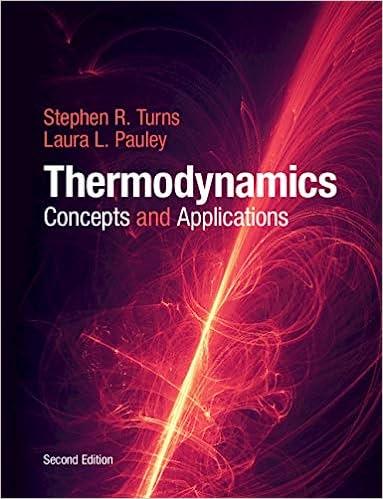Answered step by step
Verified Expert Solution
Question
1 Approved Answer
A group of students developed and delivered a small-scale process to Tonga for making biodiesel fuel from coconut oil. The central component of the process
A group of students developed and delivered a small-scale process to Tonga for making biodiesel fuel from coconut oil. The central component of the process was the reactor where the coconut oil (triglycerides containing a variety of fatty acids represented as R1, R2, and R3) is reacted with methanol in the presence of sodium hydroxide (acting as a catalyst, thus not consumed) as shown in the following reaction: The conversion of coconut oil is essentially 100%, and the products are biodiesel, which is a collection of fatty esters (the collection of several varieties are represented here by the designation Rx), and glycerol. For the small-scale process (assume steady-state), 140 L/hr of coconut oil is fed to the reactor, along with 540 g/hr solid (pure) NaOH. Based on previous testing, methanol is also fed at a molar flow rate equal to 4.2 times the molar flow rate ofcoconut oil. A single outlet stream leaves the reactor. The properties of all components are as follows: Molecular weight of coconut oil = 659 g density of coconut oil = 878g/L Molecular weight of methanol = 32 g density of methanol = 792 g/L Molecular weight of sodium hydroxide = 40 g Molecular weight of biodiesel = 221 g density of biodiesel = 880 g/L Molecular weight of glycerol = 92 g
A)Draw the block diagram and label the knowns and unkowns
B)What is the mass fraction of biodiesel in the reactor output?
C) Later stages of the process seperate the components of this reactor output to provide a stream of essentially pure biodiesel. What is the volumetric flow rate of that stream?
D) If conversion of coconut oil is 75%, what would be the composition of the outlet stream? ( Calculate mass fractions)
Step by Step Solution
There are 3 Steps involved in it
Step: 1

Get Instant Access to Expert-Tailored Solutions
See step-by-step solutions with expert insights and AI powered tools for academic success
Step: 2

Step: 3

Ace Your Homework with AI
Get the answers you need in no time with our AI-driven, step-by-step assistance
Get Started


